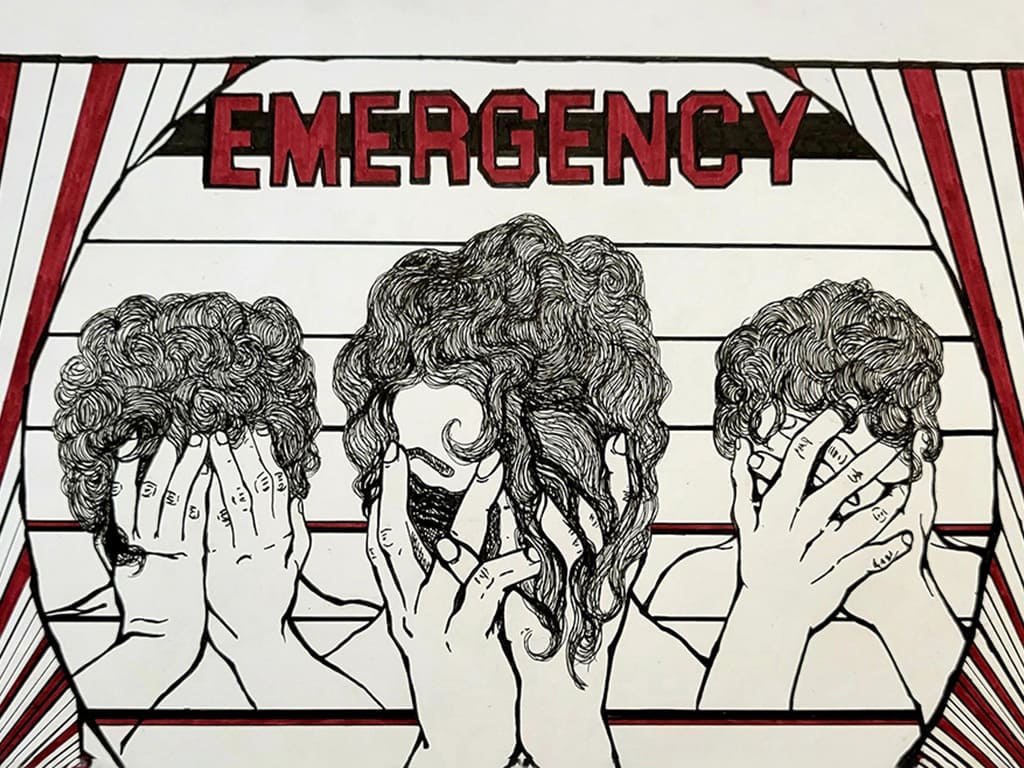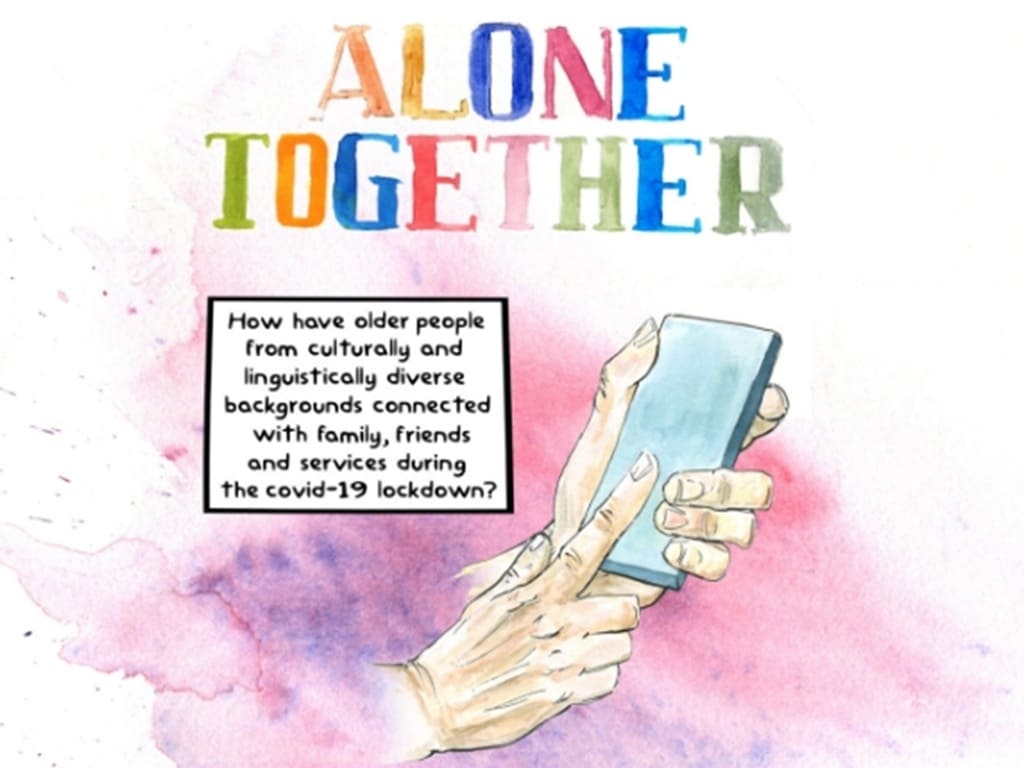Arts and Health
The arts and health have long been intertwined. Posters with health messages for health promotion, as a therapeutic intervention using the visual arts, music, theater, dance and poetry with different communities of people and communities experiencing challenges to their well-being. Beautifying health care environments like lobbies. Increasingly art is being used to assist with engaging groups who experience barriers to accessing or using services for example the wonderful Breast screening shawl project undertaken by Breastscreen Victoria, VACCHO, the Victorian Aboriginal Health Service (VAHS), and eight Aboriginal health organisations.
The arts have also been used in health research to generate data for example the use of photos in photo voice, photo elicitation methods and writing poetry. These methods are a counter to evidence-based medicine which many see as extractive and instrumental, but which also privilege certain kinds of people as participants. In my collaborative research, we have tried to use methods that are accessible, engaging, have fewer literacy demands, are “safe”, can enhance understanding of experiences that are difficult to explain, and facilitate conversation about topics that can be challenging to discuss, stigmatized, or taboo. Artistic and creative methods have been used to share research findings or to translate knowledge/research which is one of my passions. A common critique made by Indigenous and racialized communities is that academic research is extractive. Researchers come to communities or individuals, take the information that they want and folks never hear from them ever again. They don’t get to decide on the questions, how the research will take place, and with whom. The benefits appear to be overly in favor of the researcher and their career than the community. Yet, I also know what it’s like to be an academic. Short time frames, funding cycles and crushing workloads workloads can make it hard for the researcher to do more collaborative work because the system does not always make it easy to do so.
Despite its imperfections and limitations, I’m really interested in how knowledge developed from academic research, can be disseminated to end-users and other non-academic audiences that could benefit. I want my work to have an impact, and speak beyond ‘stakeholders’ and my own intellectual communities.
Collaborators: Kelly Hussey-Smith, Grace McQuilten, Fleur Summers, Mark Edgoose. Funding was received from ACN, CAST, Eastern Health (Peter Mellow), and Design and Creative Practice Enabling Capability Platform (RMIT University). This collaborative project named the Nurses and Midwives art exchange was
The Nurses and Midwives’ Art Exchange Read Post »
In 2018, the Statelessness Hallmark Research Initiative awarded Danny Butt (Fine Arts, University of Melbourne), myself, Tania Canas (RISE Refugees/cohealth Arts Gen/UoM) and Genevieve Grieves (Museums Victoria) seed funding in their first Projects Round for interdisciplinary research projects. Performing Statelessness
Performing Statelessness Read Post »
Exploring perceptions around COVID19 strategies and telecare, from the point of view of older adults from CALD backgrounds living independently in Melbourne.
Alone together Read Post »




